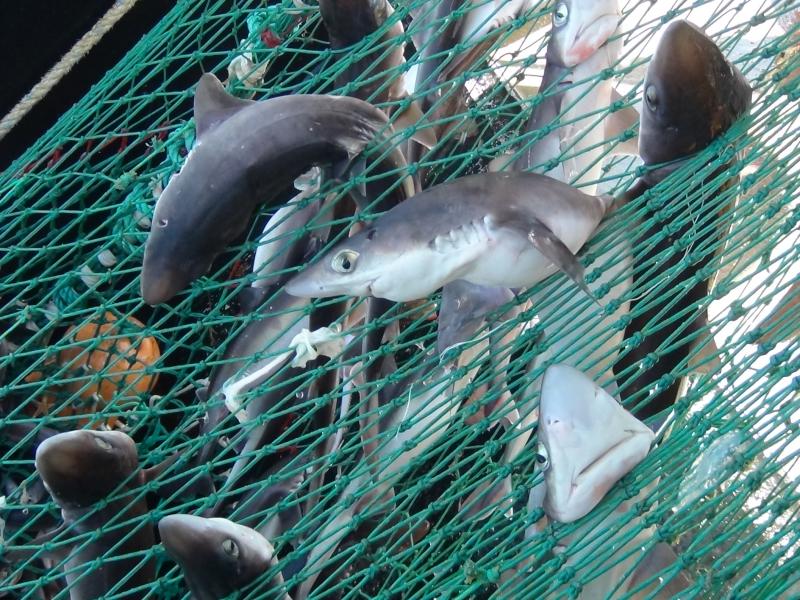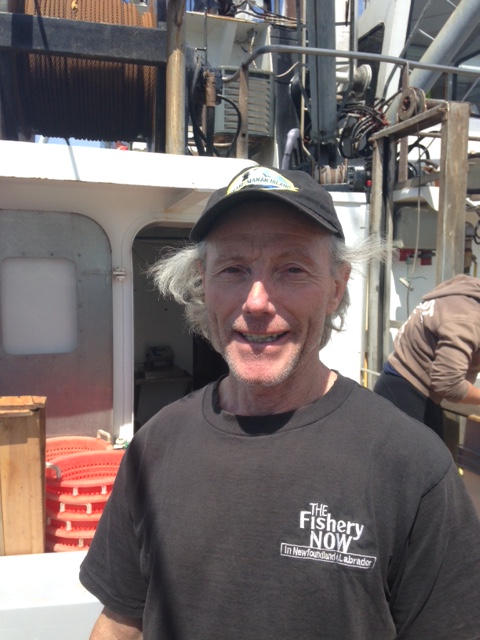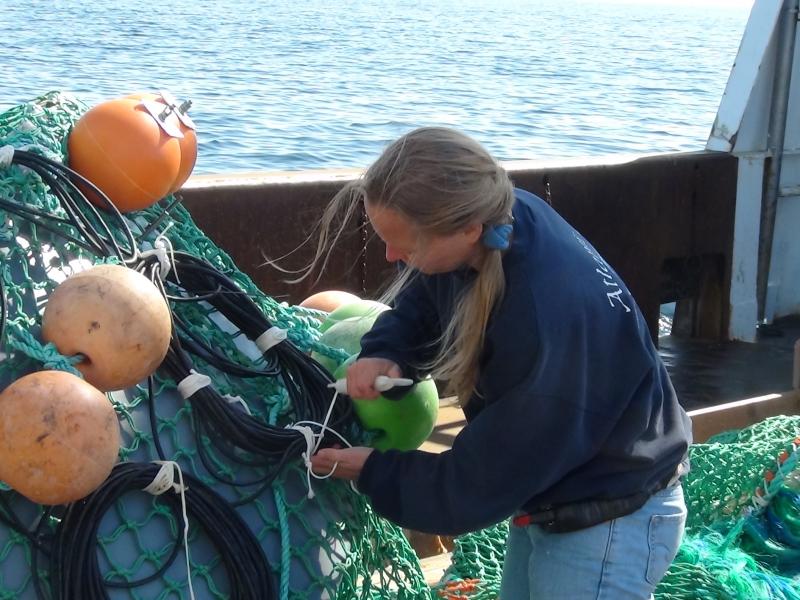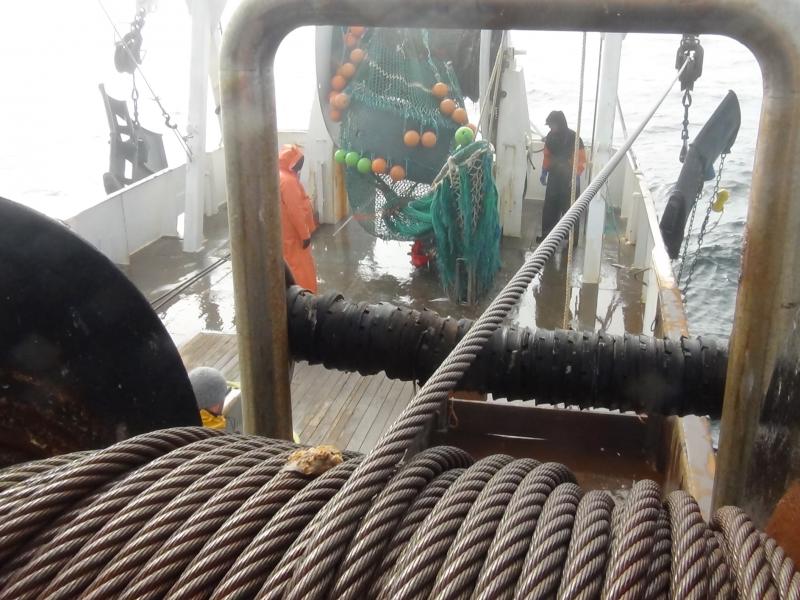1 fish, 2 fish: Film examines new seafood counting technology
It appears to be an unanswerable question: “How many fish are in the ocean?” But marine research scientist Kevin Stokesbury is searching for that number, and his findings could have far reaching implications for fisherman facing catch limits.
Part of Stokesbury’s efforts have been documented in “Counting Fish”, a film shot and produced by Mattapoisett’s Don Cuddy.
In the 1990s, Stokesbury developed new video technology that brought big changes to the scallop industry. The methods showed that scallops were being undercounted with the old methods, drastically increasing catch limits for New Bedford fishermen.
“For ground fisherman who chase cod, haddock and flounder, the picture isn’t quite as rosy,” said Cuddy, who is program director of the Center for Sustainable Fisheries.
In May, Cuddy joined Stokesbury and other researchers aboard the F/V Justice as they tested a new method of counting ground fish in the waters of Georges Bank.
Armed with a video camera, Cuddy recorded more than seven hours of footage that was edited into his 50-minute film.
The film debuts on Sunday, Nov. 22 at 1:30 p.m. in the New Bedford Whaling Museum’s Cook Memorial Theater. The screening is part of Harvest of the Sea Sunday. Held at 3 p.m. in the Seamen’s Bethel, the event is a service of thanksgiving.
Both events are free and open to the public.
Cuddy said if Stokesbury’s new method is successful it could boost catch limits for ground fishermen.
“This technology could really be a game changer in figuring out how many fish are in the ocean,” Cuddy said. “The recent surveys are seriously underestimating the biomass.”
Currently, catch limits are determined by data collected through the National Oceanic and Atmospheric Administration.
In the spring and fall, a NOAA research vessel trawls the ocean floor. Annual catch limits are calculated on the results.
According to Cuddy, the vessel isn’t equipped to properly assess fish numbers.
To accurately count fish, Stokesbury is experimenting using lights, underwater cameras and an open-ended net.
Stokesbury chairs the Department of Fisheries Oceanography School for Marine Science and Technology at UMass Dartmouth.
In May, his research team dropped anchor 130 miles east of New Bedford in George’s Bank.
In an area currently closed to commercial fishing, the team dragged closed nets at different intervals netting a variety of species. The catch was hauled onto the deck where the fish were separated by species and counted.
Cuddy said skates and dogfish were counted and then thrown overboard. Other species such as lobsters, haddock and sea bass, were counted and placed in baskets aboard the ship.
The closed tow numbers will be compared against data collected from open tows, where the fish passed through a hole at the end of the net unharmed. Underwater video recorded the number of fish moving through the net. Later, researchers would watch the video at a slower speed, noting how many and what type of fish passed through.
“The open tows are good for minimizing mortality but maximizing the area swept and gives us a good idea how many fish are out there,” said researcher Travis Lowery.
A member of Old Rochester Regional High School’s class of 2009, Lowery was on board the Justice performing work for his graduate degree.
The Rochester resident attends UMass Dartmouth and is working towards a degree in the field of marine science. Lowery said his research aboard the Justice will form the basis of his thesis.
While the first day provided much data for the researchers, Cuddy said a malfunction cut some of their research work short.
The video feed was lost from the cameras after the net snagged something on the ocean floor. Without the proper equipment to make a repair, studying the number of fish passing through the open net became impossible.
Undeterred, the crew continued with the close tows, gathering information that will be used to compare fish populations from year to year alongside other data.
“When we get out into the field it’s important to be working on multiple things and get as much done as we can,” Stokesbury said.
For Cuddy, the film is another addition to the videographer’s library.
A former director of ORCTV, Cuddy has produced two series, one (Person to Person) focused on oral history from tri-town and South Coast residents. In the second series, (Out of the Hatch), Cuddy interviewed commercial fishermen and recorded their stories and history.
Joining the crew of the Justice for the eight-day voyage was a natural fit for Cuddy. A Navy veteran, Cuddy has also sailed extensively as a civilian having sailed from California to South America and several times across the Atlantic.
“I’ve always been attracted to the sea,” Cuddy said.















